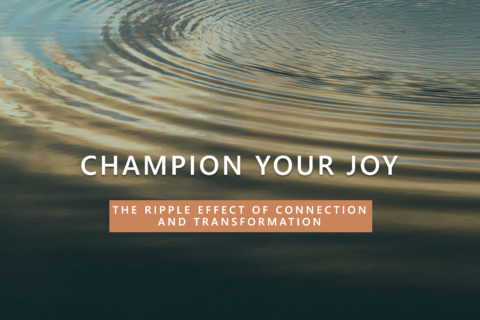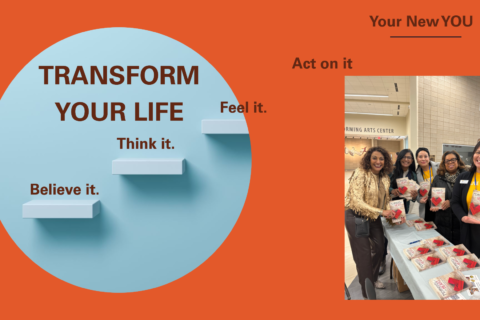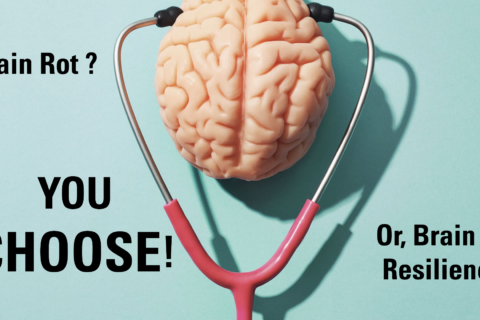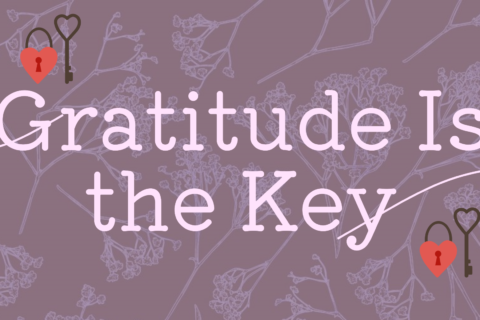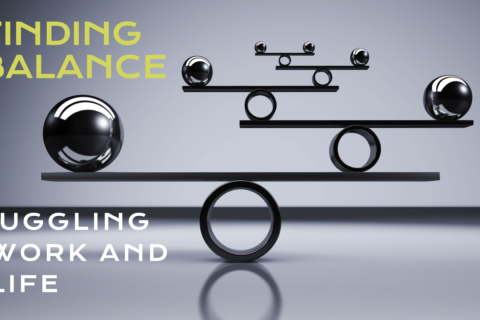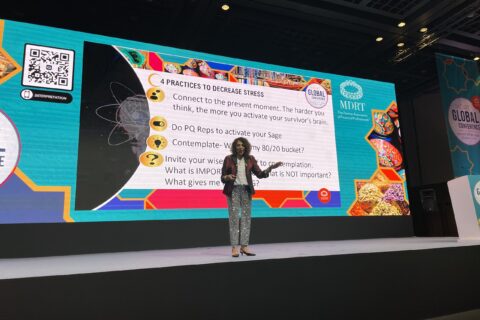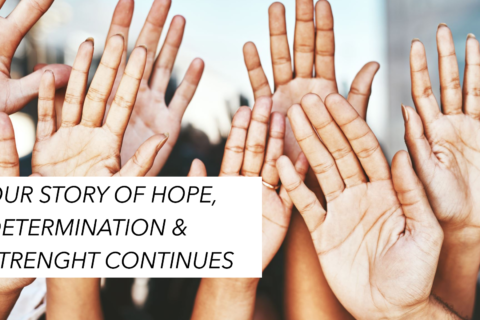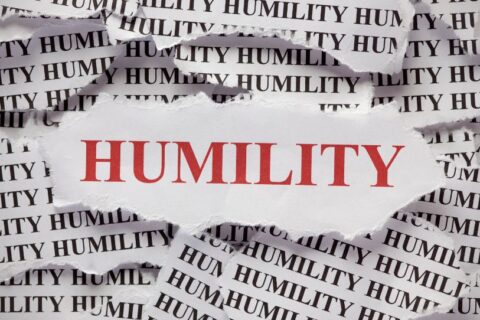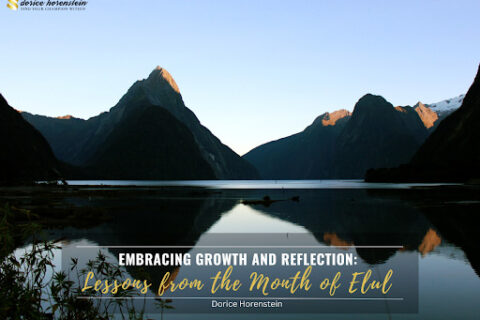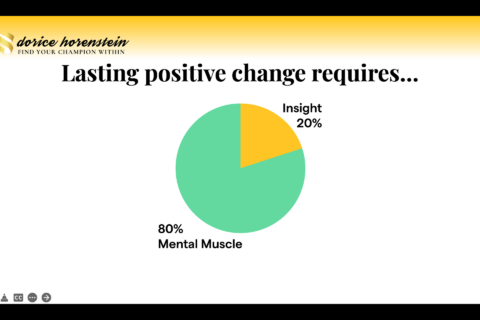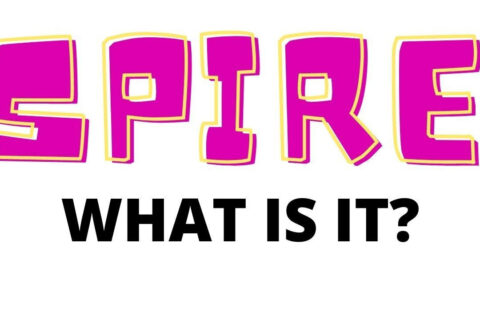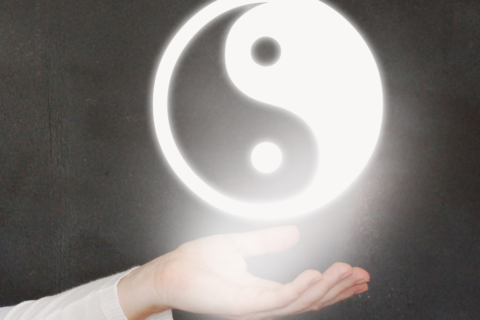
I am often invited to speak about Positivity in the workplace. And typically, a conversation about the differences between “toxic” positivity and the message and the tools that I bring forth come up.
I think that there are three levels to this issue. What is toxic positivity, who defines it and finally, what are the implications for all involved.
Let’s start with the word toxic. It connotates a sense of damaging, poisoning, the opposite of positivity which brings out feeling of togetherness and unity. Are you familiar with the feeling of walking into a meeting and talking to an individual who acts outwardly positive, (i.e., smiles, “let’s do this” attitude), yet the more you listen and participate, the heavier the sunken feeling in your stomach becomes?
Is that toxic?
Here is what I have discovered: Toxic positivity is when it causes others not only negative feelings, but negative thoughts that translate to behaviors and actions. In some cases, the person who demonstrates toxic positivity may not even realize the effect they cause.
The impact of toxic positivity has also three folds.
It impacts the individual “living” it. When toxic positivity is heightened, chances are that the universal saboteur, known as The Judge in Positive Intelligence jargon, has taken over. Their perspective is clouded with an unrealistic sense of control, yet they are in denial to their own actions. They operate out of fear and at times sense of scarcity of resources (scarcity of ideas, joy, kindness etc.). It also impacts others as they are now judging the individual as un-sincere, and fake. And finally, it impacts the environment, the organization, the team in which toxic positivity is revealing its ugly head. Under these circumstances, individuals are showing up at the workplace (or toward the individual) not in the spirit of collaboration and connectivity, but rather strife and division. They are avoiding having real conversations that lead to building relationships. They find click groups within the organization, and they are not encouraged to be and do their best because they sense a lack of trust among each other or in the organization’s mission at large.
When I contemplate “why does it affect us in such way? And how is it that we know toxic positivity in our bodies,” I once again realize the wisdom of our bodies, the connection of body and brain, and our human ability to viscerally experience the wisdom of distinguishing between what is authentic and what is not. Toxic positivity does not come from an authentic place. It comes from a place of our saboteurs, a fear base place such as control, and not from a place of joy, curiosity and gratitude. A place of love, a place where our human sage resides is not being excessed.
Here are three ways to distinguish between toxic positivity to true genuine and authentic positivity:
- Consider if the positivity radiates from the individual is an embodiment value or is it a tool to glean a particular outcome from others? Is it focus on outcomes and results or the Individual’s best interest in mind?
- How does the outwardly expression of Positivity from that individual make you feel? Does it encourage joy, creativity, collaboration, anticipation, curiosity? Or do you feel more uptight and guarded? Make sure you use your discernment and not your judge when answering this.
- Observe the individual carrying the positivity attitude. Do they feel anxious? Stressed? Under pressure? Or are they in line with the present moment, seeking opportunities of growth for themselves and others around them?
- If facing Toxic Positivity- ask yourself, where can I go from here? How can I come from a Sage perspective where my curiosity resides? How can I explore and innovate so I can respond with genuine positivity, be truly authentic, and thus achieve the results I want, and at the same time feel the joy of anticipation of what to come?
Toxic positivity is unsustainable. Not to the person who carries it and not for the person receiving it. After a while the word positivity drops out of the conversation and only toxicity remains. Toxic positivity is the opposite of authentic and genuine positivity when the individual operates from a place of joy and discernment rather than a place of judgment and control.







